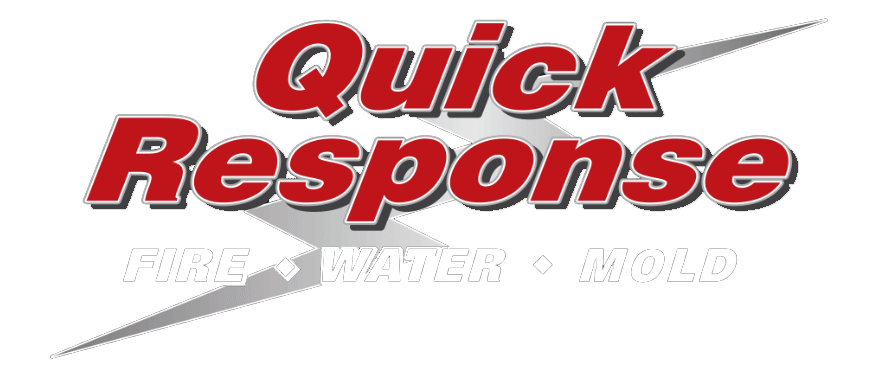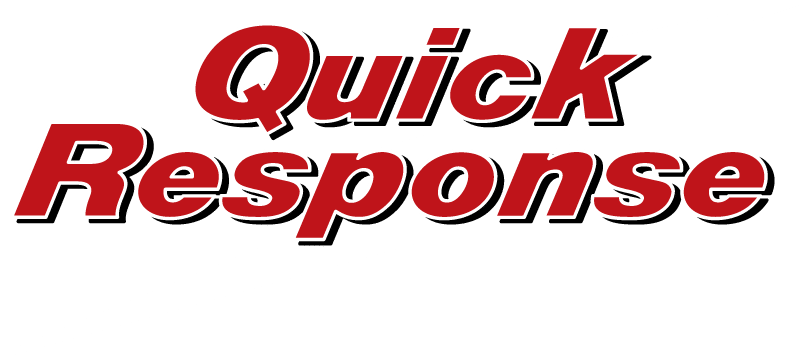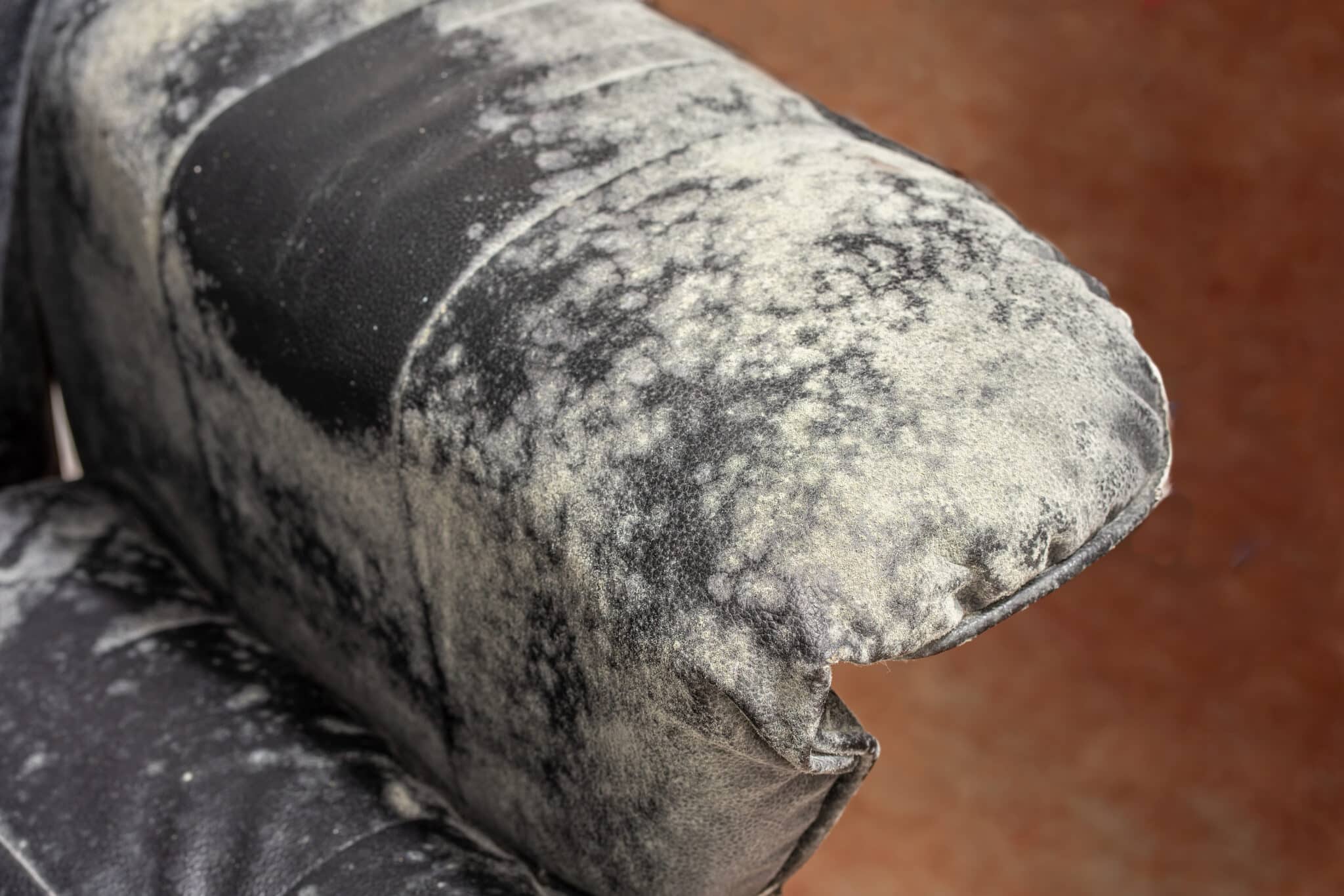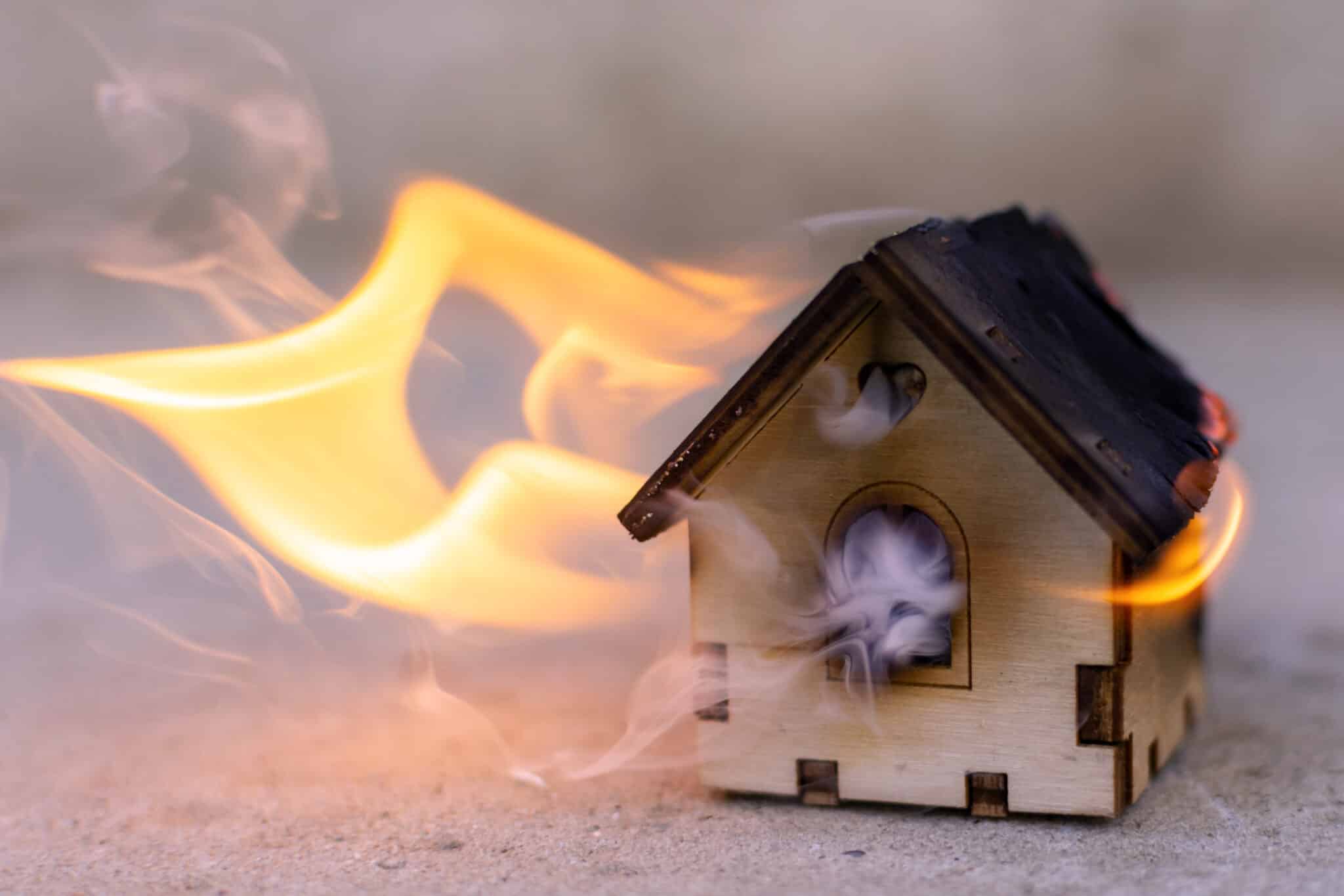You never know when a fire might break out in your business, so it’s important…

How to Avoid Frozen Pipes in Winter – A Comprehensive Guide
New Yorkers are well aware that winter is here. Home and business owners are doing everything they can to try and keep their properties safe against the deep freeze. But the lingering danger of frozen pipes is on everyone’s mind.
Quick Response Restoration, with over 25 years of experience in property recovery, understands the urgency and complexity of dealing with frozen pipes and water damage restoration. This comprehensive guide will walk you through practical steps to prevent frozen pipes and what to do if your home falls victim to water damage this winter.
Understanding the Enemy – Frozen Pipes
Frozen pipes are a common menace during winter, leading to costly water damage and the need for professional restoration services. In 2022, New York experienced the second highest number of frozen pipe related damage in the country, costing property owners over $17 million.
Understanding why pipes freeze is the first step in preventing this issue. When water in pipes freezes, it expands, exerting immense pressure on the pipe walls. This pressure can cause pipes to burst, leading to leaks and water damage. By taking proactive measures, you can shield your home from the adverse effects of frozen pipes.
Practical Steps to Prevent Pipe Damage
The good news is that there are several actionable steps property owners can take to safeguard their investment from pipe-related damages. If you experience frozen pipes, a burst pipe, or any other water damage this winter, call our Emergency Services Team at (518) 241-1944.
Insulate Your Pipes
Begin by insulating exposed pipes, especially those in unheated areas like basements, attics, and crawl spaces. Pipe insulation sleeves are readily available and can be easily fitted to reduce the risk of freezing.
Seal Leaks and Cracks
Inspect your home for any gaps or cracks that allow cold air to seep in. Properly seal these openings with caulk or insulation to maintain a warmer environment around your pipes.
Keep Your Home Warm
Maintaining a consistent temperature throughout your home is crucial. Set your thermostat to a minimum temperature of 55 degrees, even when you’re away.
Let Faucets Drip
This common practice can indeed prevent freezing. The continuous flow of water minimizes the chances of ice formation within the pipes.
Disconnect Outdoor Hoses
Before the deep freeze sets in, disconnect and store outdoor hoses. If left connected, the water within the hose can freeze and extend into the connected pipes, leading to potential damage.
Responding to Frozen Pipes and Water Damage
Despite your best efforts, frozen pipes can still occur. The first step is to know the top 5 signs of frozen pipes:
1. Reduced Water Flow
One of the initial signs of impending frozen pipes is a noticeable decrease in water flow from your faucets. If you experience sluggish water delivery, especially during colder temperatures, it could indicate restricted water movement due to ice buildup.
2. Strange Noises
Unusual sounds, such as banging or clanking, emanating from your plumbing can be a red flag. These noises may result from the expansion of frozen water within the pipes, indicating that they are under increased pressure.
3. Frost on Exposed Pipes
Inspect visible pipes in unheated areas of your home, such as basements or crawl spaces. Frost accumulation on the exterior of pipes is a clear sign that they are susceptible to freezing. Addressing this early can prevent further complications.
4. Foul Odors
Frozen pipes can lead to blockages, causing unpleasant smells due to trapped debris and stagnant water. If you notice unusual odors coming from your drains, it’s essential to investigate promptly to prevent potential pipe issues.
5. Water Discoloration
Changes in the color of your tap water, such as a brownish tint, can indicate the presence of rust from corroded pipes. Cold temperatures can exacerbate corrosion, leading to compromised pipes and an increased risk of freezing.
Once you have identified a problem, it’s crucial to act quickly to prevent additional damage. Follow these three steps:
1. Identify the Frozen Pipe
Locate the affected area by checking for frost or bulging on the pipe. Look at areas where pipes are exposed or vulnerable to cold air.
2. Thaw the Pipe Safely
Use a hairdryer, heat lamp, or electric heating pad to thaw the frozen pipe gently. Avoid using open flames or direct heat, as this can lead to pipe damage or even a fire hazard.
3. Turn Off the Water Supply
If a pipe has burst, turn off the main water supply immediately to prevent further flooding. Contact Quick Response Restoration for emergency assistance in assessing and mitigating the damage.
Preventing frozen pipes requires a combination of proactive measures and swift responses. At Quick Response Restoration, we stand ready to assist you in safeguarding your home from water damage this winter. By implementing these practical steps and relying on professional restoration services when needed, you can enjoy a worry-free winter season.
Contact Quick Response Restoration today to ensure your home is prepared for winter and equipped to withstand the challenges of the coldest season. Trust us to be your partner in property restoration, providing peace of mind when you need it most.
Proudly Serving New York Neighborhoods for 25+ Years
Our team of highly trained restoration technicians is standing by this winter, ready to help you when you need it most. From burst pipes to flooded basements, we have the tools and techniques to restore your property back to its original condition. Call us at (518) 241-1944 and tell us how we can help you today.




